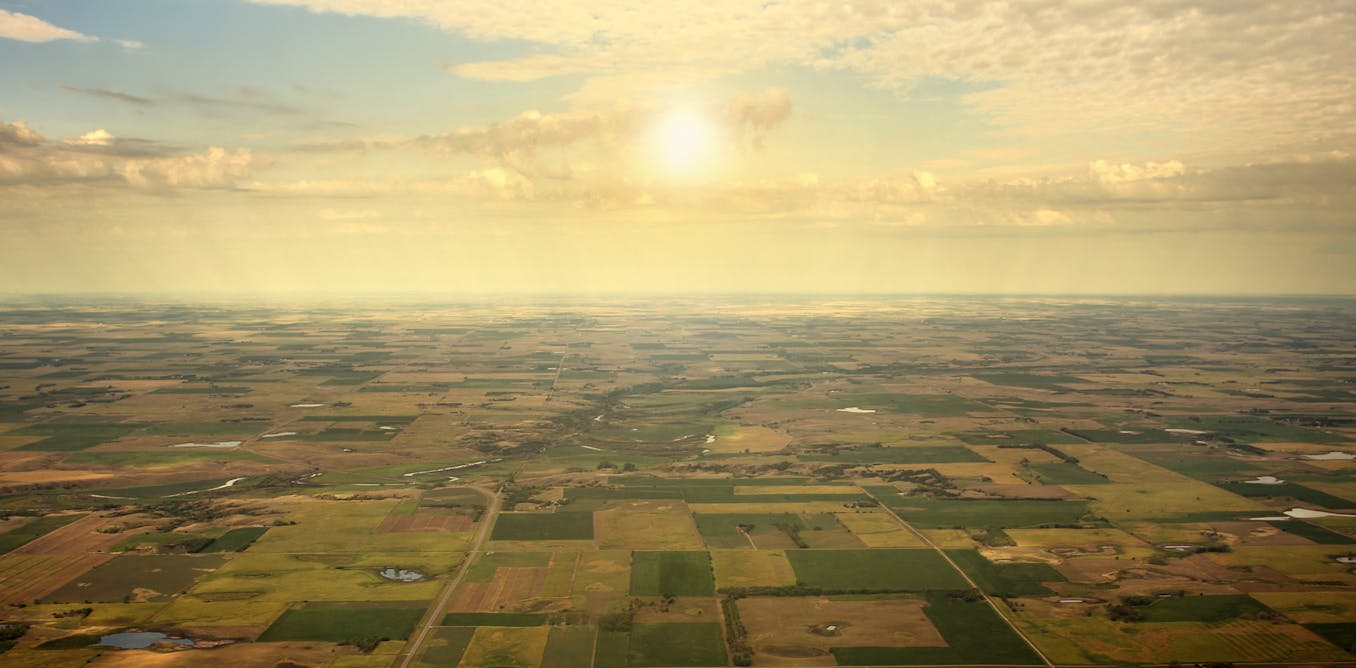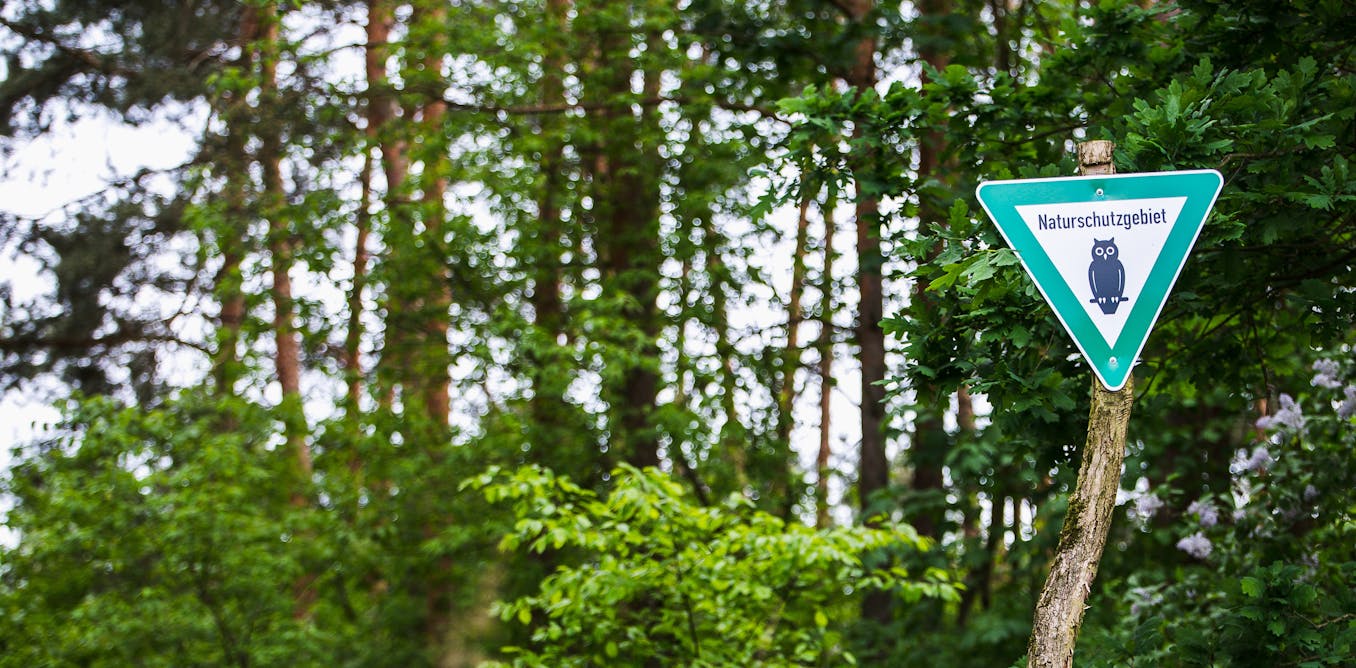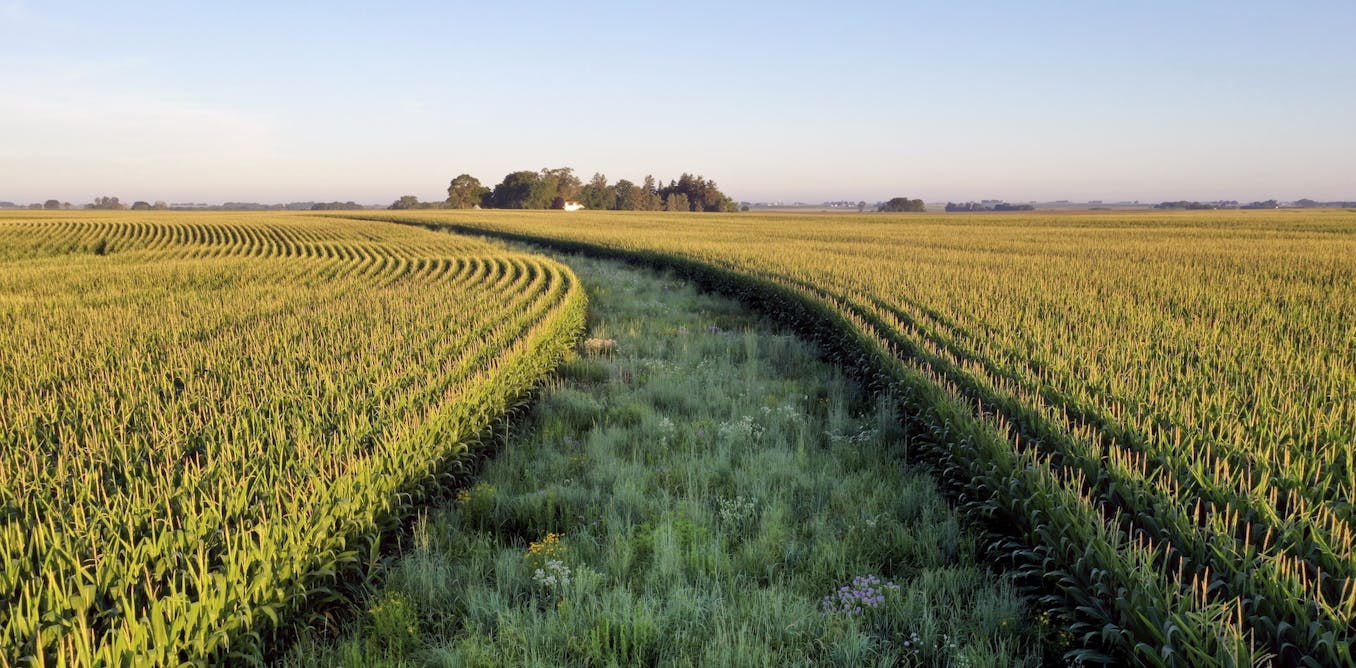New food technologies could release 80% of the world's farmland back to nature
Cellular and microbial agriculture can make the same amount of food on a fraction of the land.
Katie Noble, PhD Candidate, Leverhulme Center for Anthropocene Biodiversity, University of York •
conversation
Dec. 6, 2022 • ~8 min
Dec. 6, 2022 • ~8 min





